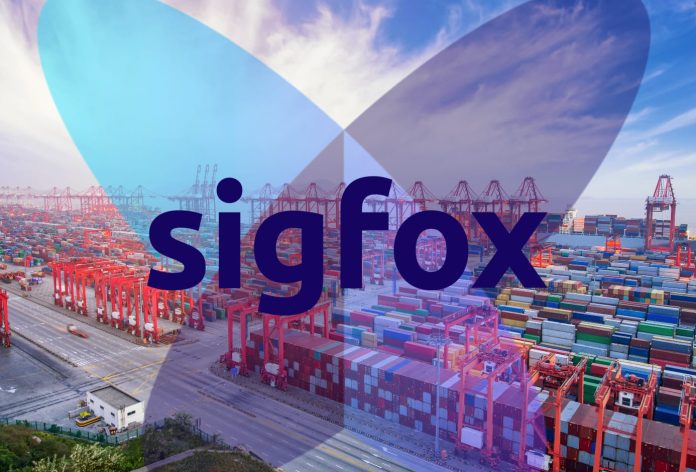Unabiz, owner of the Sigfox technology, has claimed to have enabled an 18-times reduction in energy consumption on Sigfox devices. It said Sigfox-based low-power wide-area (LPWA) networks around the world now support faster and fewer data transmissions, meaning Sigfox devices can use less power to transmit messages over the network to the cloud. The trade-off comes in terms of the range and reliability of transmissions, it noted.
Until now, Sigfox infrastructure has supported a data rate of 100bps, and delivered data messages in three tranches (“N=3 repetition mode”). The new tweaks raise the transmission rate to 600bps, and reduce the message repetition to two or just one transmission (N=2/N=1). The faster transmission rate reduces energy consumption by six times, as well as “improved transmission quality when devices are transmitting on the move”, reckons Unabiz.
The N=1/N=2 reduction, to sending two frames or even just one frame of data instead of three, as standard, in order to get a message across, delivers further energy savings of “33 percent to 66 percent”, it said. Combined, the two innovations deliver mega energy savings, it claimed. In turn, Sigfox-based IoT devices will last longer in the field, business cases will be extended, and new use cases will emerge, Unabiz reasoned.
The Singapore-based firm, which acquired Sigfox at the start of 2022, and has since been opening up the Sigfox model, and also embracing parallel LPWA network technologies like LoRaWAN, said: “Both innovations collectively enable devices to operate at unprecedented levels of efficiency. The transformative enhancement aims to deliver a significant efficiency boost for Sigfox-based solutions, empowering developers, operators, and customers alike.”
But there is a trade-off. Transmitting at 600bps enhances the rate of communication, and reduces power drain on the device and optimises spectrum usage, but it also reduces the transmission budget by 8dB, impacting the range at which messages are received by Sigfox gateways. In other words, the wide-area aspect of Sigfox is impacted, and messages can travel less far.
Meanwhile, reducing message repetition from N:3 to N:1 raises the chances that incomplete data is delivered in areas with weaker coverage, and that IoT messages do not always get through. Unabiz warned that IoT developers implementing 600bps and/or N=1 configurations should verify network reliability where they intend to deploy their solutions, and that Sigfox operators should be on hand to “provide assistance and extend coverage”
Nicolas Chalbos, head of Sigfox innovation at Unabiz, said: “With this technology update, we offer enhanced flexibility for our partners to optimise their solutions. Battery requirements can vary greatly… [for] facility management, metering, and asset tracking. With our latest network and device library updates, solution designers can now easily balance device lifetime and network performance for their specific use cases.”
Alexis Susset, chief technology officer at Unabiz said: “The new enhancements aim to improve Unabiz’s technological ability to address IoT solution needs that rely on the key strength of our Sigfox technology. Enabling 600bps data transmission and releasing our open-source device library, which includes options to control data transmission repetition, not only enhances energy management for devices but also improves reliability in use cases such as logistics, where the devices are transmitting while moving.”
Unabiz has issued technical information on both the new data rat and repetition schedules; it is also directing developers to “benefits and considerations” on its Github page.

